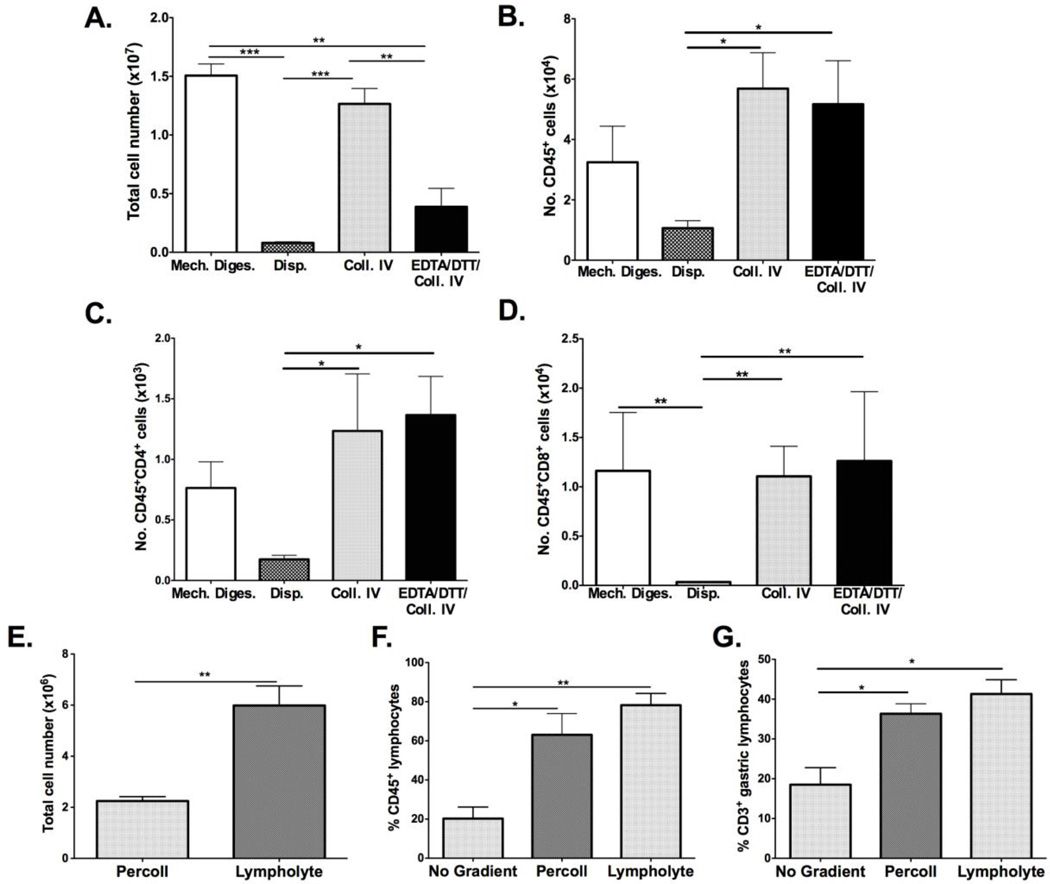Figure 1. Comparison of strategies to extract and enrich gastric leukocytes.
Gastric tissue from H. pylori infected mice were subjected to mechanical processing, Dispase II (Disp.), Collagenase IV (Coll. IV) or Collagenase IV plus EDTA/DTT digestion (EDTA/DTT/Coll. IV). Mechanically dissociated tissue and collagenase IV digested tissue released the greatest number of total cells, while dispase treatment resulted in the fewest (A). The total number of CD45+ cells was highest after collagenase IV and collagenase IV/EDTA/DTT treatment (B). CD4+ cell numbers are significantly higher with collagenase IV and collagenase IV/EDTA/DTT treatment (C). CD8+ cell number was greatly decreased with dispase digestion while collagenase IV with EDTA/DTT digestion yielded the greatest amount of CD8+ cells (D). Lymphocyte enrichment was performed using a discontinuous Percoll or lympholyte M gradient (E). More cells were obtained using lympholyte M enrichment and greater percentages of CD45+ and CD3+ cells were also obtained using this gradient. Graphs shown represent 3 mice per group and are presented as mean ± standard error. Groups were compared using one-way analysis of variance (ANOVA) followed post-hoc by Tukey multiple comparison tests on log-transformed data. Significant differences are represented by the following *p<0.05, **p<0.01, ***p<0.001. Data shown are representative of 3 independent experiments performed on 3 occasions in total.

